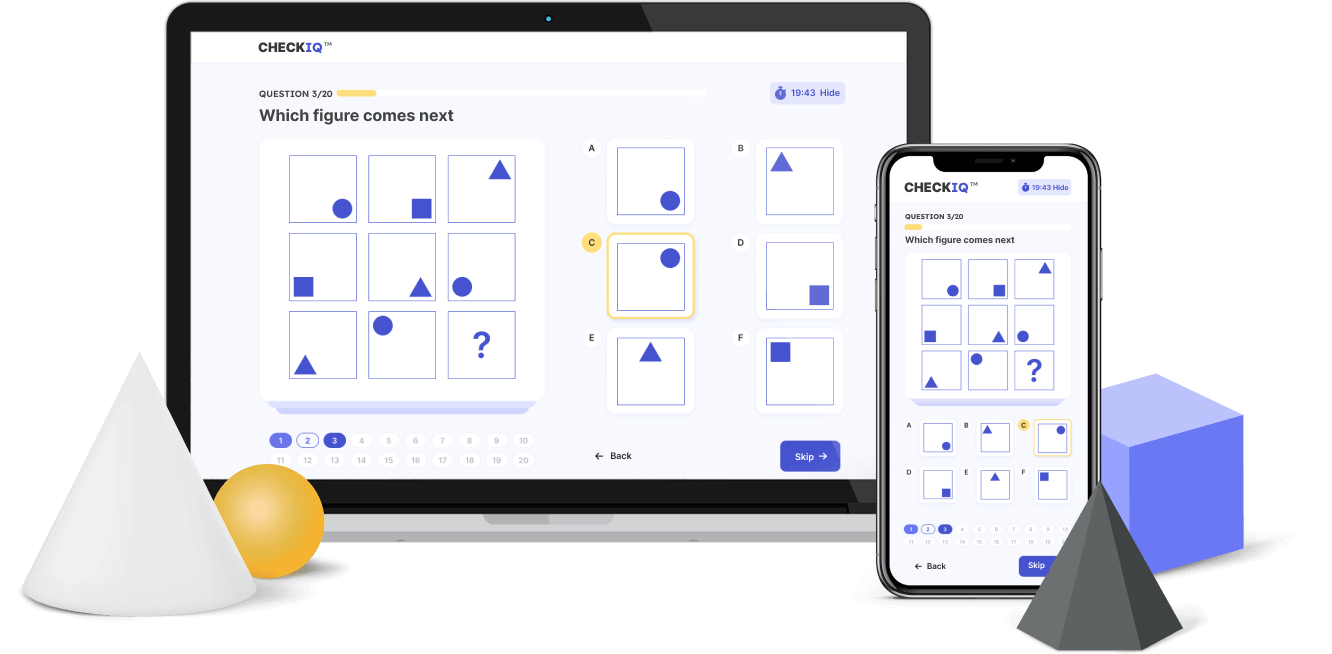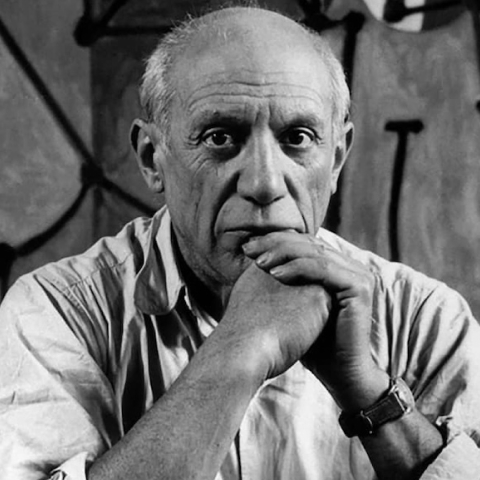Pablo Picasso Had an IQ of 175

It was a mild October evening in 1881 when Pablo Diego José Francisco de Paula Juan Nepomuceno María de los Remedios Cipriano de la Santísima Trinidad Ruiz Picasso was born in Málaga, Spain. Even as an infant, his survival was seen as miraculous, with family lore recounting how a puff of cigar smoke revived him after being declared stillborn. This dramatic beginning seemed to foretell the extraordinary life ahead. Known simply as Picasso to the world, he would go on to redefine art, inspire countless movements, and leave an indelible mark on history. But was it only his creativity that propelled him to the top? With an estimated IQ of 175, Picasso was as exceptional as his artistic talent.
From his early mastery of classical techniques to his revolutionary contributions to modern art, Picasso’s genius lay in his ability to perceive, connect, and innovate. Yet his brilliance extended beyond the canvas.
An early life of precocious talent
Pablo Picasso’s father, José Ruiz Blasco, was an art teacher, and it was under his tutelage that young Pablo first picked up a brush. By the age of seven, he was already showing remarkable promise. At thirteen, he surpassed his father’s skill, and by fifteen, he had completed "First Communion," a stunning piece that demonstrated his mastery of realism. It was clear that Picasso had not only technical skill but also an unparalleled ability to capture the soul of his subjects. In 1900, at just nineteen years old, Picasso made his first visit to Paris. He returned multiple times before finally settling there in 1904. The city, with its vibrant art scene, became a crucible for his evolving style. In these formative years, Picasso absorbed influences from classical painters, like El Greco, while also embracing the avant-garde. His ability to synthesize and innovate set him apart from his peers.Picasso’s knack for reinventing himself became his hallmark. From the melancholic "Blue Period" to the whimsical "Rose Period," and later the groundbreaking development of Cubism, Picasso continuously challenged artistic norms. His work during these times reflected his ability to see the world from radically different perspectives, a hallmark of high intelligence and creativity.
Picasso’s strategic mind
While his artistic brilliance is undisputed, Picasso’s success was not solely due to his talent. He possessed a sharp mind for networking and self-promotion. He moved effortlessly among influential circles, cultivating relationships with writers, intellectuals, and socialites. His charm and wit endeared him to patrons and critics alike, ensuring his work remained in the spotlight.Picasso was also a savvy investor. Early in his career, he began purchasing real estate, a move that granted him financial independence. This freedom allowed him to experiment fearlessly, even when his work provoked controversy. Few artists of his time had the resources to take such risks, but Picasso’s foresight ensured he could.
His ability to navigate both the artistic and social landscapes was a rare gift. While many artists struggled for recognition, Picasso’s intelligence allowed him to thrive. He understood the value of his brand long before the concept existed, appearing on magazine covers and in photographs that cemented his status as a cultural icon.
A legacy of creativity and intellect
Despite his widespread acclaim, Picasso’s work was not without critics. Toward the end of his life, some dismissed his later pieces as crude and unrefined. Yet even these works reflected his relentless pursuit of truth through art. Picasso once said, “It took me four years to paint like Raphael, but a lifetime to paint like a child.” This statement encapsulates his belief in honesty and simplicity, qualities that defined his most iconic pieces.Historians and psychologists often debate how much of Picasso’s genius can be attributed to his IQ. Some argue that creativity, grit, and relentless curiosity were more critical than raw intelligence. Others contend that his high IQ enabled him to make connections others could not, whether in art, business, or relationships. Whatever the case, his life and work demonstrate that intellect alone is not enough. It must be paired with passion and perseverance to achieve greatness.
The genius behind the brush
Pablo Picasso’s legacy is monumental. He created over 50,000 works in his lifetime, each reflecting a mind that saw the world differently. From "Guernica," a powerful anti-war statement, to his playful Cubist portraits, Picasso’s art continues to inspire and provoke. His influence extends beyond painting, shaping modern art, culture, and even philosophy.More than just a painter, Picasso was a thinker, a strategist, and a visionary. His IQ of 175 may explain his ability to innovate, but his tireless dedication and fearless exploration of the unknown truly set him apart. Picasso’s story is not just one of talent but of a man who dared to dream bigger and think bolder than anyone before him.
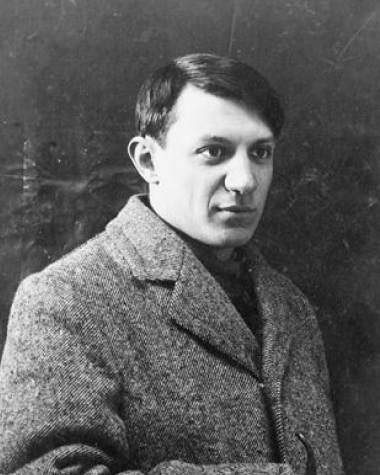

Average Confidence Level
LowPablo Picasso's estimated IQ was calculated by taking the average of the scores provided by Past Factory and Geni.
 Confidence Level: Low
Confidence Level: Low
 Confidence Level: Low
Confidence Level: Low
5 Examples of Pablo Picasso's Extraordinary Brilliance
- Mastered Realism Early: By the age of 15, Picasso demonstrated extraordinary skill in realistic painting. He far surpassed the talents of his peers and even his art instructors.
- Co-Founded Cubism: Picasso, alongside Georges Braque, pioneered the Cubist movement. This revolutionary art form fragmented objects into geometric shapes, altering art history.
- Prodigious Output: Throughout his life, Picasso created an estimated 50,000 artworks, including paintings, sculptures, ceramics, and prints. His many artistic works demonstrate relentless creativity and productivity. In the 21st century, his art has sold for more than $100,000.
- Early Exhibition Success: At just 19, Picasso's work was exhibited for the first time in Paris, the epicenter of the art world. This signifies his early acceptance and future influence in modern art.
- Innovative Techniques: Picasso’s invention of collage and contribution to developing synthetic Cubism highlight his willingness to experiment and redefine artistic boundaries.
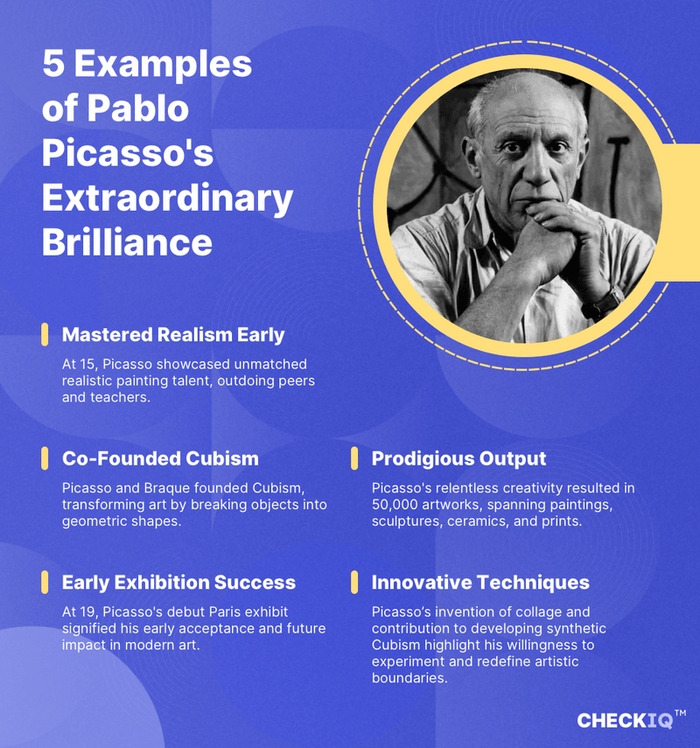
Try our accurate online IQ Test. Get your IQ score immediately.
Start IQ Test
How High Was Pablo Picasso's IQ Compared to the Rest of the World?
Picasso was among the smartest artists to ever live. To put this into perspective, an IQ of 175 is found in fewer than 1 in 3 million people. This level of intelligence surpasses the entry requirements for nearly all high-IQ societies, including Mensa (130), Cerebrals Society (141), Triple Nine Society (146), and even the exceptionally selective Mega Society (172). Yet, as someone who created over 50,000 works of art, Picasso likely had little time for the social gatherings of intellectual circles. His brilliance was channeled almost entirely into reshaping the world of art, leaving a legacy that transcends any society or metric.

How High Was Pablo Picasso's IQ Compared to Fellow Painters?
Pablo Picasso, with an IQ of 175, shares a rare intellectual sphere with other legendary artists who redefined the boundaries of creativity. His brilliance is often compared to the surreal innovation of Salvador Dalí, another artistic maverick known for his striking originality and technical mastery. Both Picasso and Dalí reshaped their respective genres in ways that challenged and expanded the limits of visual art.
Picasso’s genius is also frequently measured against the towering intellect of Leonardo da Vinci, whose IQ is estimated at 180. Da Vinci, a Renaissance polymath, excelled not just in painting but also in engineering, anatomy, and invention. Like Da Vinci, Picasso brought an almost scientific approach to his art, exploring and deconstructing form to uncover deeper truths. Both men left legacies that extend far beyond the canvas, inspiring thinkers and creators for generations.
Further down the IQ spectrum, Vincent van Gogh, with an IQ of 165, displayed a different kind of genius. Despite battling mental illness, Van Gogh revolutionized post-impressionism with his emotional intensity and bold use of color. Michelangelo, with an estimated IQ of 145, achieved greatness through precision and passion, bringing Renaissance art to new heights with masterpieces like the Sistine Chapel ceiling.
Interestingly, Rembrandt, with an IQ of 110, demonstrates that sheer intellect is not the sole driver of artistic greatness. His mastery of light, shadow, and human emotion reshaped realism and revealed the profound beauty in ordinary life. While Picasso’s extraordinary IQ set him apart in many ways, these comparisons highlight that creativity, passion, and vision play equally important roles in the enduring power of art.
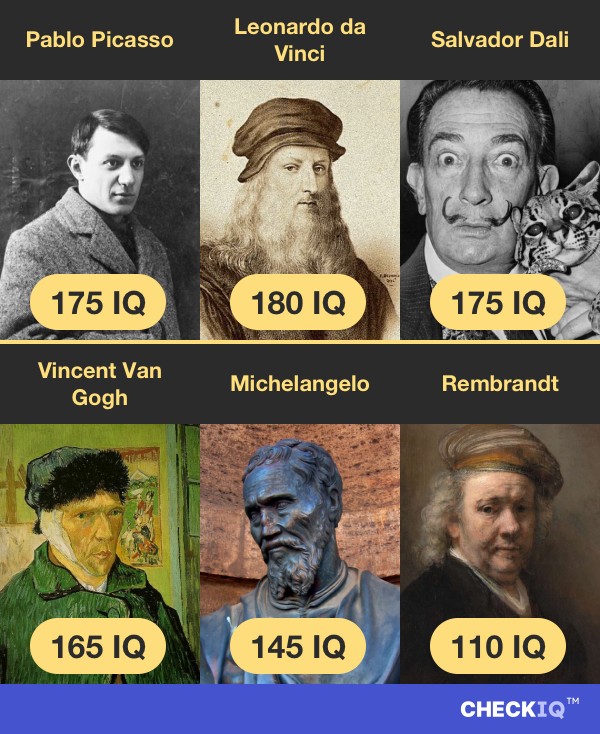
Do you think Pablo Picasso deserve an IQ of 175. Let us know in the comments section below!
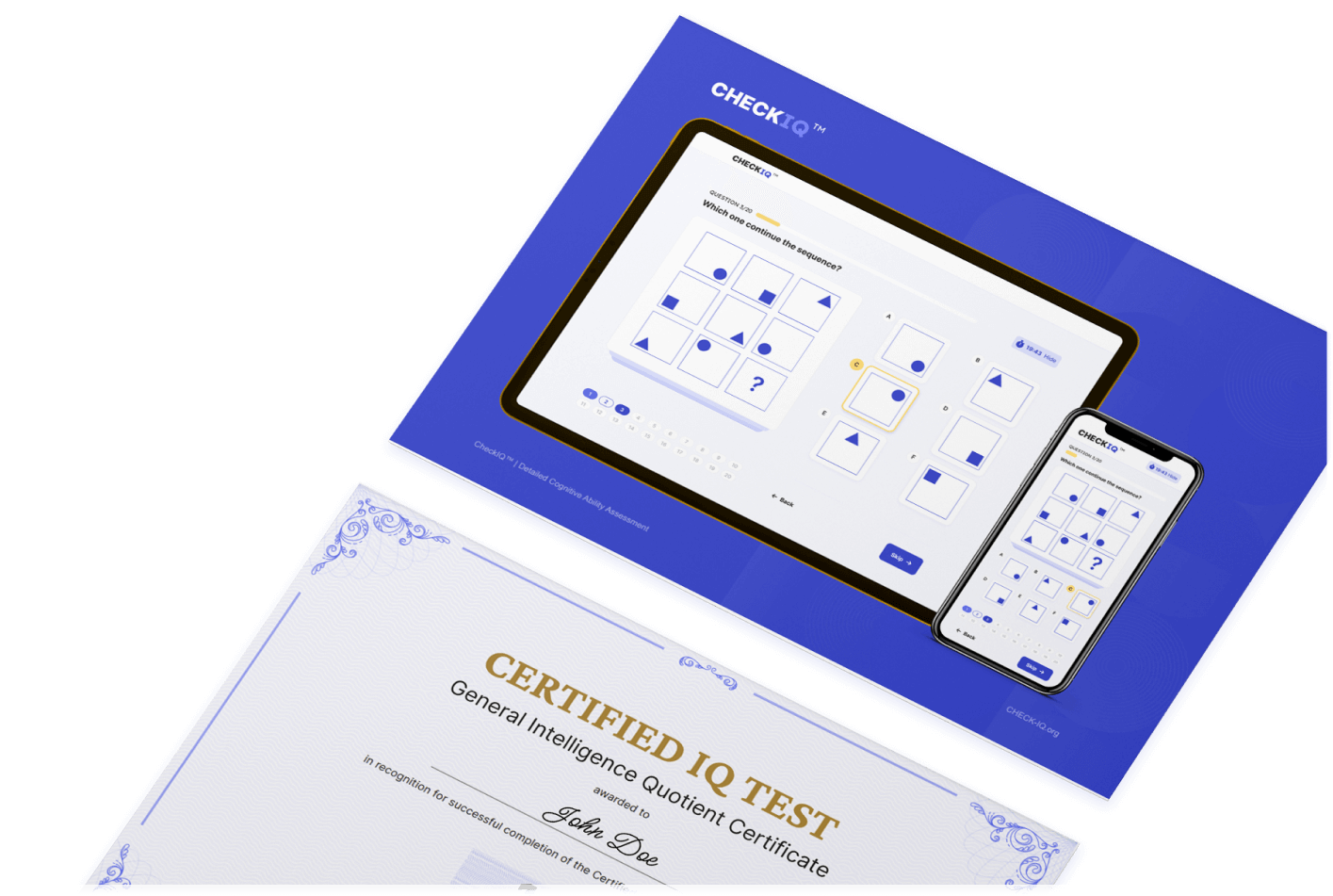
Discover the IQ of Other Famous People
-
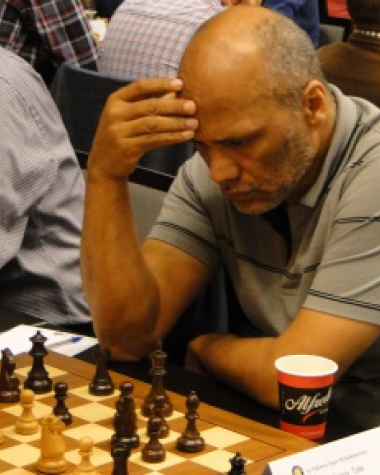 Emory Tate145 IQ
Emory Tate145 IQ -
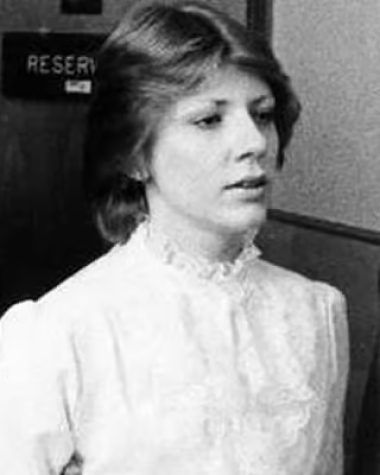 Charlene Gallego160 IQ
Charlene Gallego160 IQ -
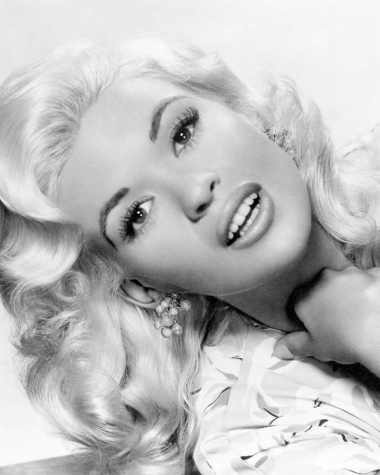 Jayne Mansfield149 IQ
Jayne Mansfield149 IQ -
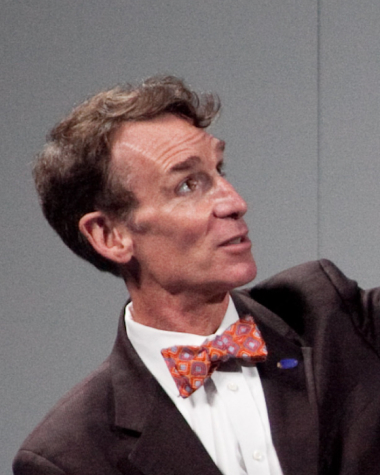 Bill Nye130 IQ
Bill Nye130 IQ -
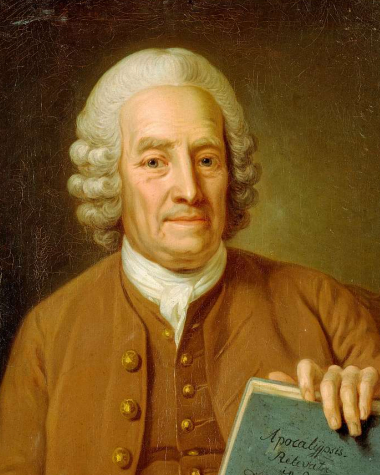 Emanuel Swedenborg187 IQ
Emanuel Swedenborg187 IQ -
 Erik Kuselias130 IQ
Erik Kuselias130 IQ
